Have you ever watched your cat weave through stacks of books or curl up in the one sunspot clear of your laundry? It’s almost magical how they make themselves comfortable anywhere — but do cats truly prefer a mess or a tidy home? This is a question that’s kept many cat lovers up at night, especially when faced with a choice between a sparkling clean living room or a cozy, cluttered corner. Let’s unravel the mysteries of our feline friends and see what really makes them feel at home.
The Feline Sense of Territory

Cats are creatures of habit and intense territorial instincts. Their territory isn’t just a place; it’s a living map of scents and familiar objects. Every item they rub against or nap on gets marked with their scent, turning the space into their domain. Clutter can provide more objects to claim, but it can also confuse their sense of order. A clean space, on the other hand, might feel less “owned” at first, but it gives them a blank canvas to mark and patrol. Ultimately, their sense of home depends on how much they can interact with and influence their environment.
Safety in Hiding Spots
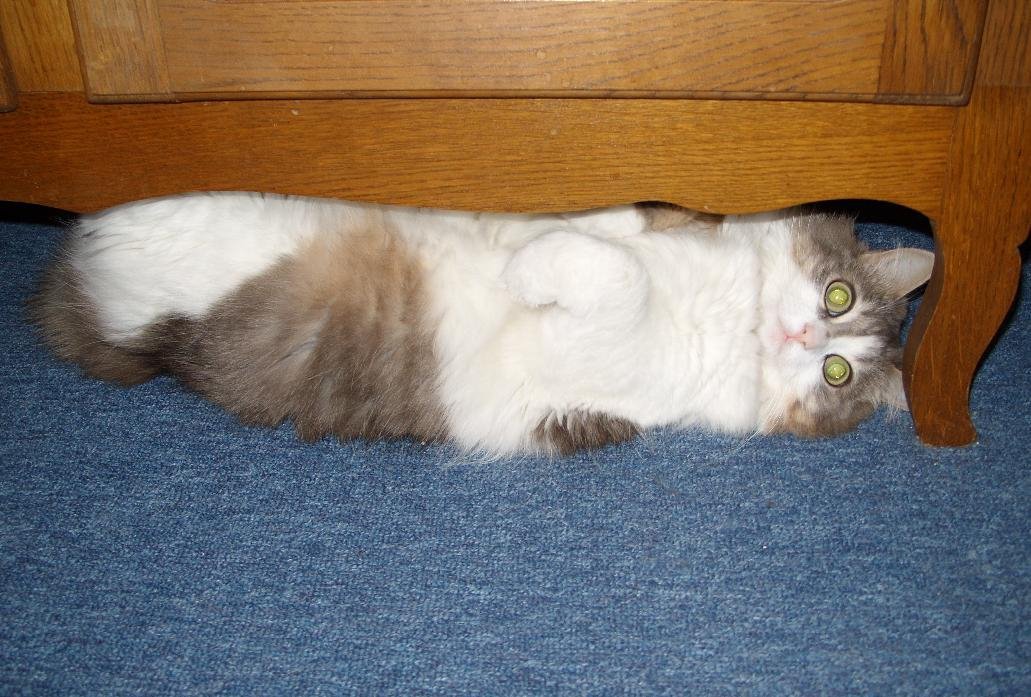
If you’ve ever lost sight of your cat for hours, only to find her tucked behind a pile of boxes, you know how important hiding spots are. Cluttered spaces offer endless nooks and crannies, which can make cats feel secure. This taps into their wild instincts — in the wild, cats hide to stay safe from predators and to stalk prey. Even in our homes, a cluttered room can mimic this environment. However, too much clutter might become overwhelming or even dangerous, especially if it leads to accidental traps.
Cleanliness and Health Benefits

Clean spaces are not just about aesthetics — they play a big role in your cat’s health. Dust, mold, and hidden hazards often lurk in clutter. Cats are meticulous groomers, and anything in their environment ends up on their fur, then in their stomachs. Clean spaces reduce the risk of respiratory issues and accidental ingestion of harmful substances. Regular cleaning also means fewer places for fleas or pests to hide, keeping your feline friend healthier and happier in the long run.
Stress Levels in Cluttered Rooms

You might have noticed your cat acting skittish or anxious in a messy room. That’s because clutter can increase feline stress, just like it does for many humans. When a cat can’t predict its environment — when there are too many new smells or objects — it can lead to confusion or even defensive behavior. A clean, open space helps cats relax because they can easily see what’s happening around them and feel in control of their territory.
Play and Exploration Opportunities

Clutter can seem like a playground for curious cats. Piles of papers, stacks of boxes, and scattered toys turn a home into an adventure course. This can be fantastic for kittens and playful adults, sparking their curiosity and encouraging natural hunting behaviors. However, a clean space doesn’t mean a boring one — you can design stimulating environments with purposeful cat trees, tunnels, and interactive toys that offer both fun and safety.
Personal Scent Marking
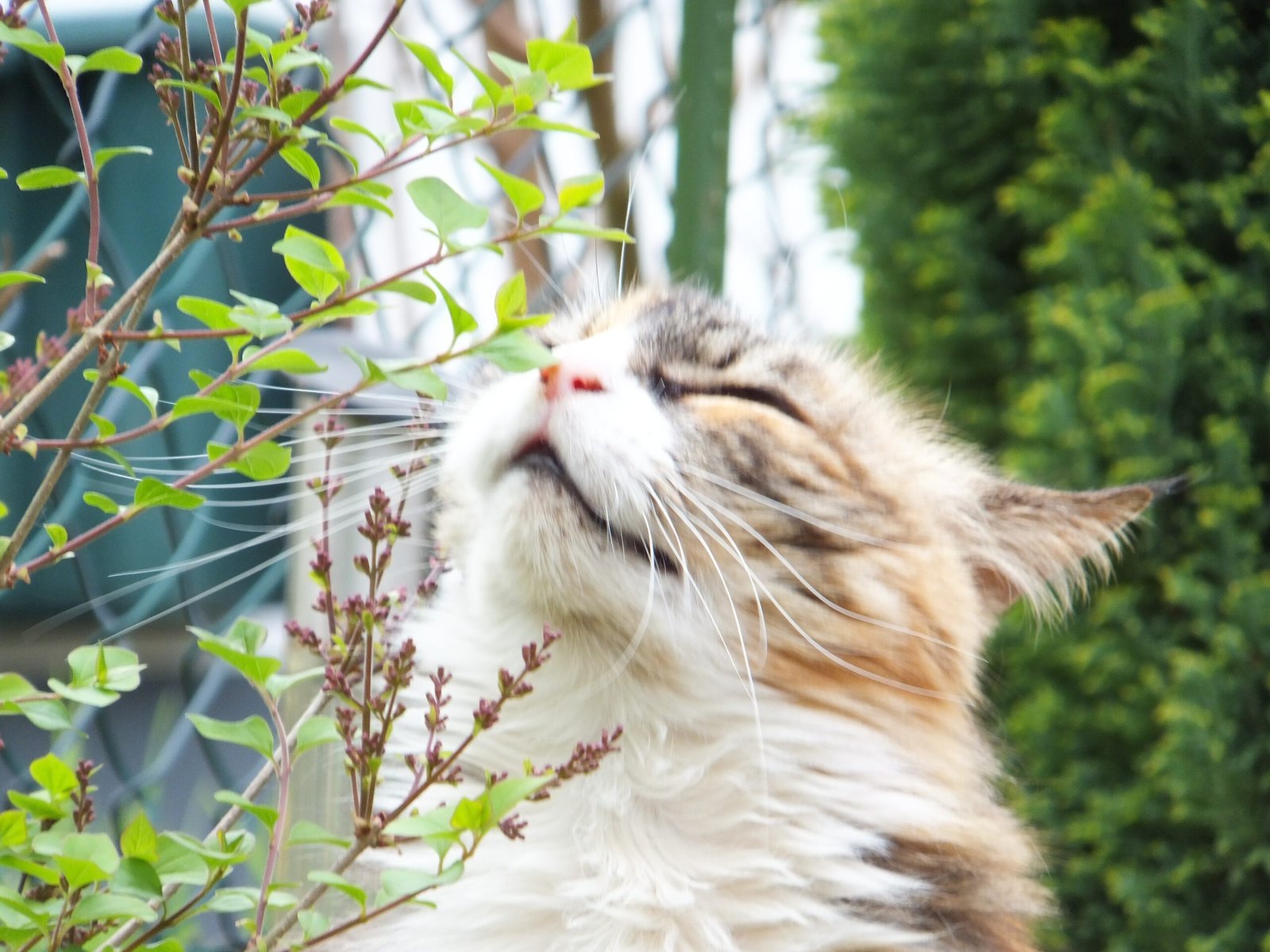
Cats communicate through scent, and clutter offers more surfaces for them to rub against and mark as their own. This can make them feel more secure, as every item becomes part of their personal “scent map.” But when clutter is constantly moved or cleaned up, it can disrupt their sense of ownership. Conversely, a clean space might seem unfamiliar at first, but with time and gentle encouragement, cats will settle in and establish their scent all over again.
Clean Spaces and Social Interaction

A tidy home invites more interaction, not just for humans but for cats, too. Open areas mean more room for play with both you and any other pets. It’s easier to spot your cat’s moods and behaviors when there aren’t piles of stuff hiding them away. Clean spaces make it simpler for cats to approach you, ask for affection, or simply observe their surroundings from their favorite perch.
Clutter and Cat Anxiety
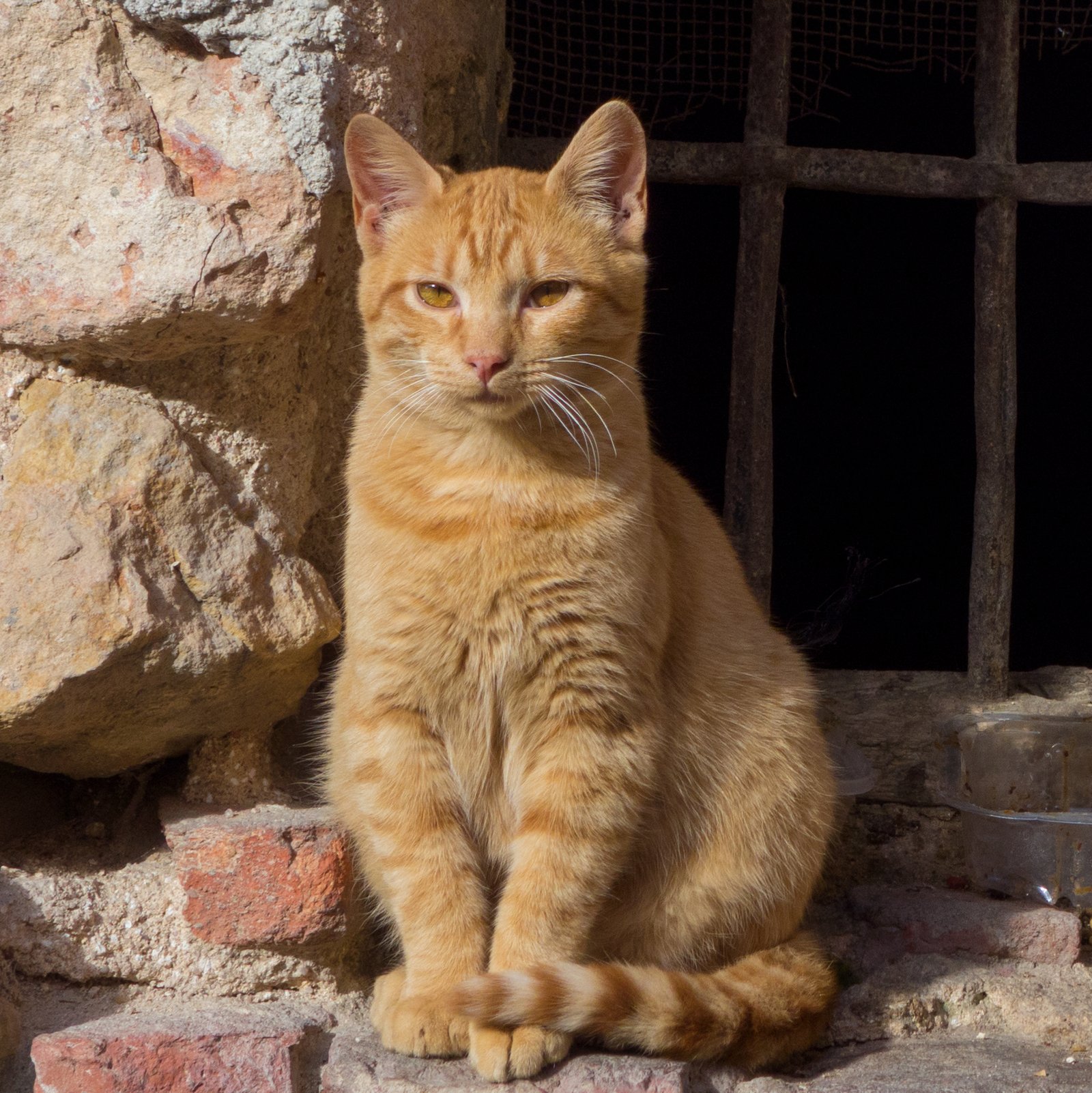
While some clutter is comforting, too much can trigger anxiety in sensitive cats. Unpredictable piles can block escape routes or create confusing “dead ends,” especially for cats prone to nervousness. A calmer, ordered space offers predictability, which can lower anxiety and help shy or new cats adjust faster. Think of it as the difference between a peaceful garden and a wild, overgrown forest — both have their charm, but one is easier to navigate.
Cleaning Rituals and Cat Behavior

Did you ever notice your cat investigating freshly cleaned areas? Cats are naturally curious about changes in their environment. While some might avoid spaces that suddenly smell like cleaning products, others are drawn to the freshness. It’s important to use cat-safe cleaners and give your cat time to re-explore and “claim” cleaned areas. Over time, they learn to associate cleaning with a safe, refreshed territory.
Clutter and Cat Safety Risks

Clutter isn’t just a stressor — it can be a safety risk. Stray cords, forgotten bags, or unstable stacks of books can lead to accidents. Cats are agile, but they’re not immune to getting stuck or injured. A clean space reduces these risks and helps you spot potential hazards more quickly. It’s like clearing a path through the jungle so your little explorer doesn’t stumble into trouble.
Allergies and Air Quality

Cats have sensitive respiratory systems, much like some humans. Dust and debris from clutter can aggravate allergies, leading to sneezing, watery eyes, or even more serious conditions like asthma. Clean spaces mean cleaner air, which benefits both you and your pet. Regular vacuuming, dusting, and washing of bedding make a noticeable difference in your cat’s comfort and health.
Bonding Moments in Tidy Spaces

Ever tried to play with your cat in a crowded room? It’s not easy! Clean, open spaces encourage more bonding time. There’s more room for interactive play, cuddling, or even just sharing a quiet moment in the sun. Your cat is more likely to approach you when there’s nothing in the way, and you’ll enjoy watching their playful side come alive without obstacles.
Clutter as a Source of Entertainment
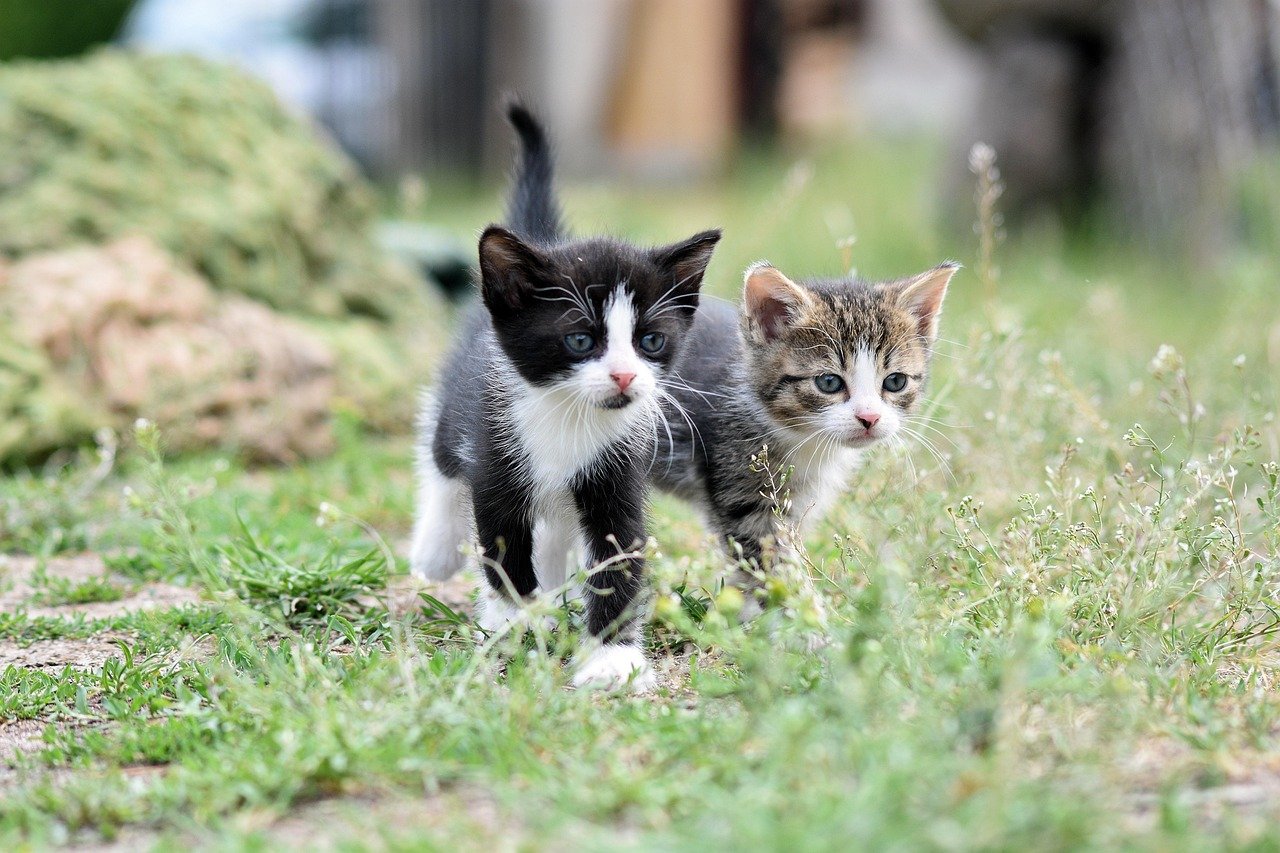
Cluttered spaces can be endlessly fascinating for cats. A pile of laundry becomes a fortress, a cardboard box transforms into a spaceship, and a stray sock might be the target of a surprise attack. While this can be hilarious to watch, it’s important to make sure nothing dangerous is within reach. Rotating safe “clutter” items, like boxes or paper bags, can offer the thrill of exploration without the risk.
Minimizing Overstimulation
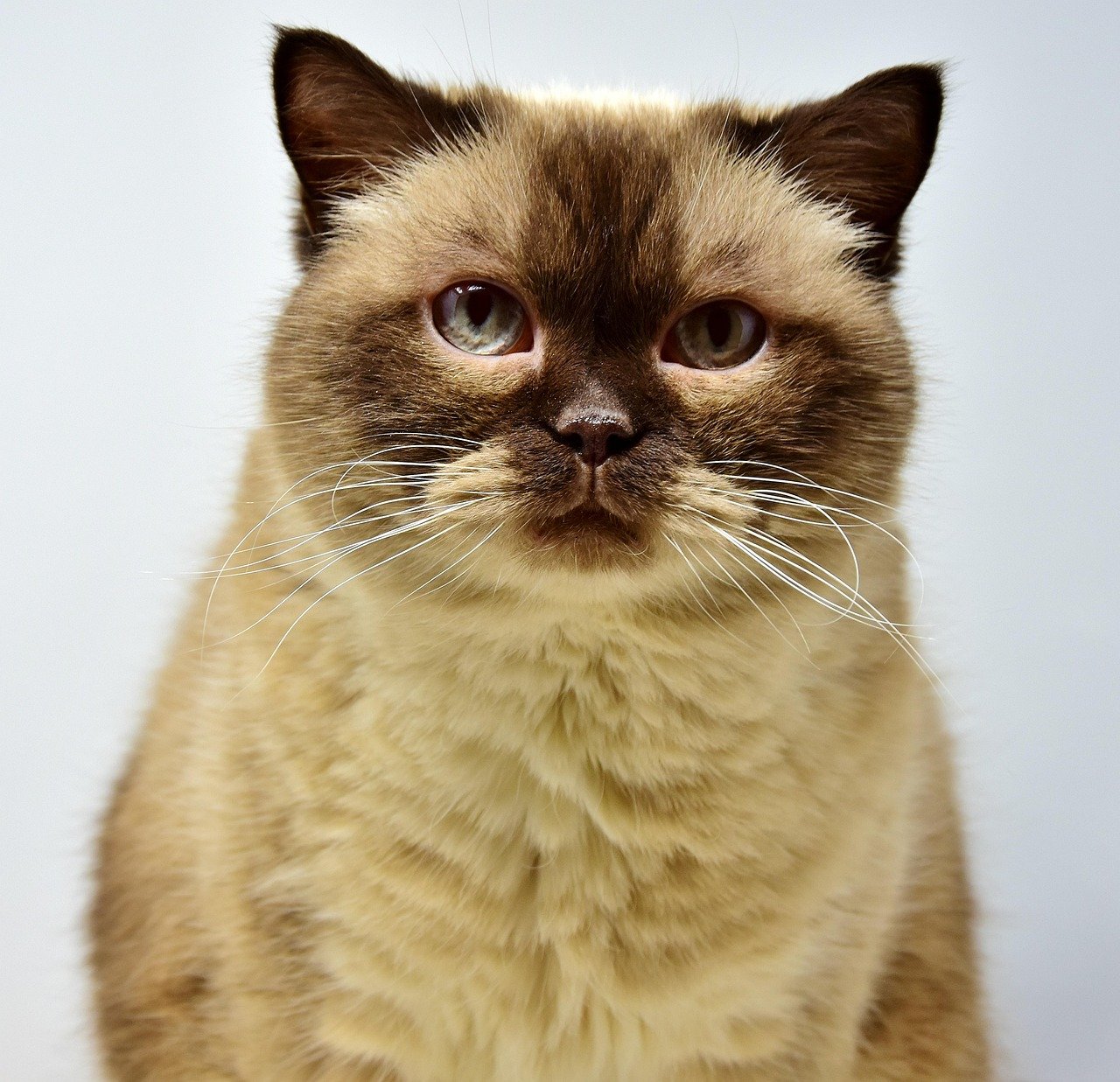
Too much clutter can lead to sensory overload. Cats process information through scent, sight, and touch — if there are too many competing signals, it can be overwhelming. A balanced environment, with a few favorite toys and clear walking paths, helps them relax. Think of it as tuning out the background noise so your cat can focus on what really matters: you, their home, and their happiness.
Routine and Familiarity
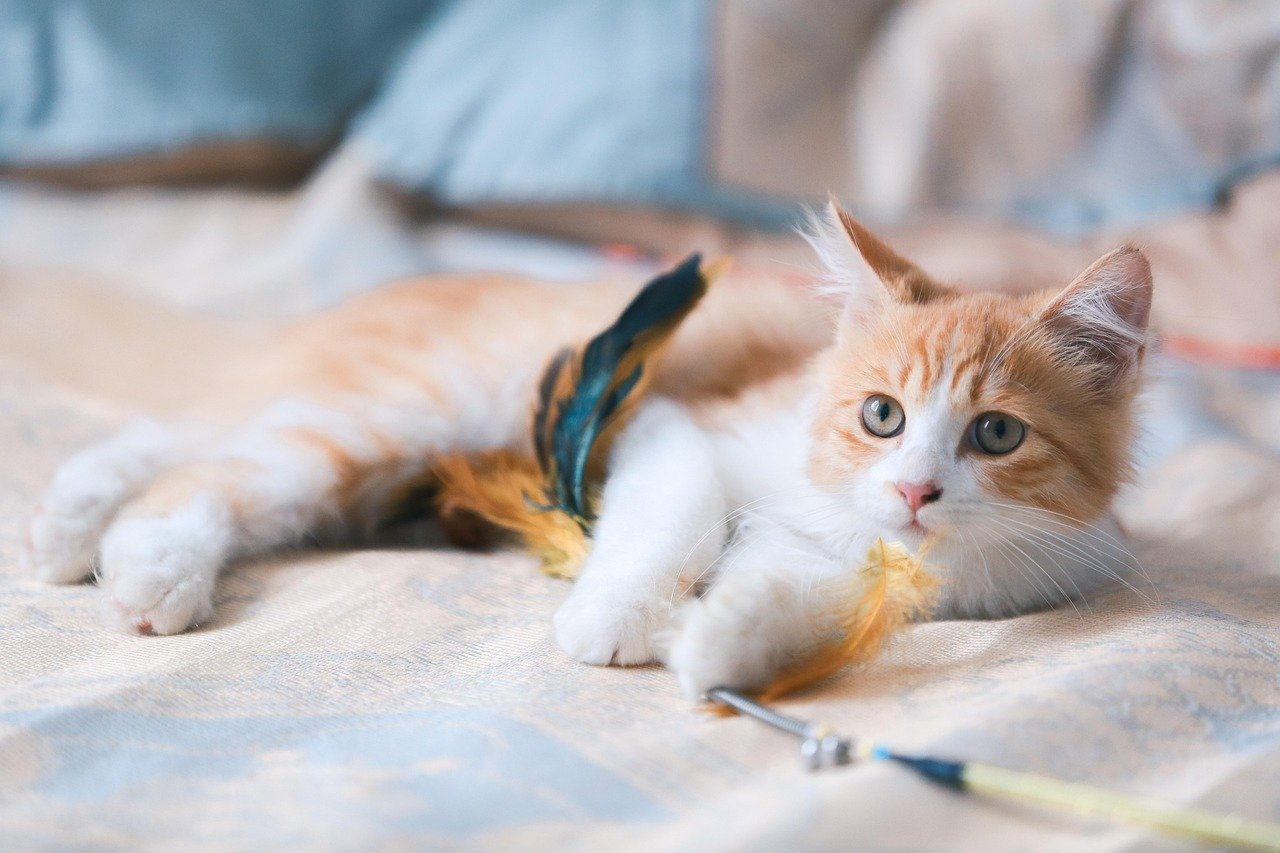
Cats thrive on routine. They love knowing where everything is — food bowls, litter boxes, favorite nap spots. Clutter that constantly shifts can make them feel unsettled. A clean, organized space gives them the consistency they crave. When everything has its place, your cat can confidently patrol and enjoy their territory without surprises.
Adapting to Household Changes
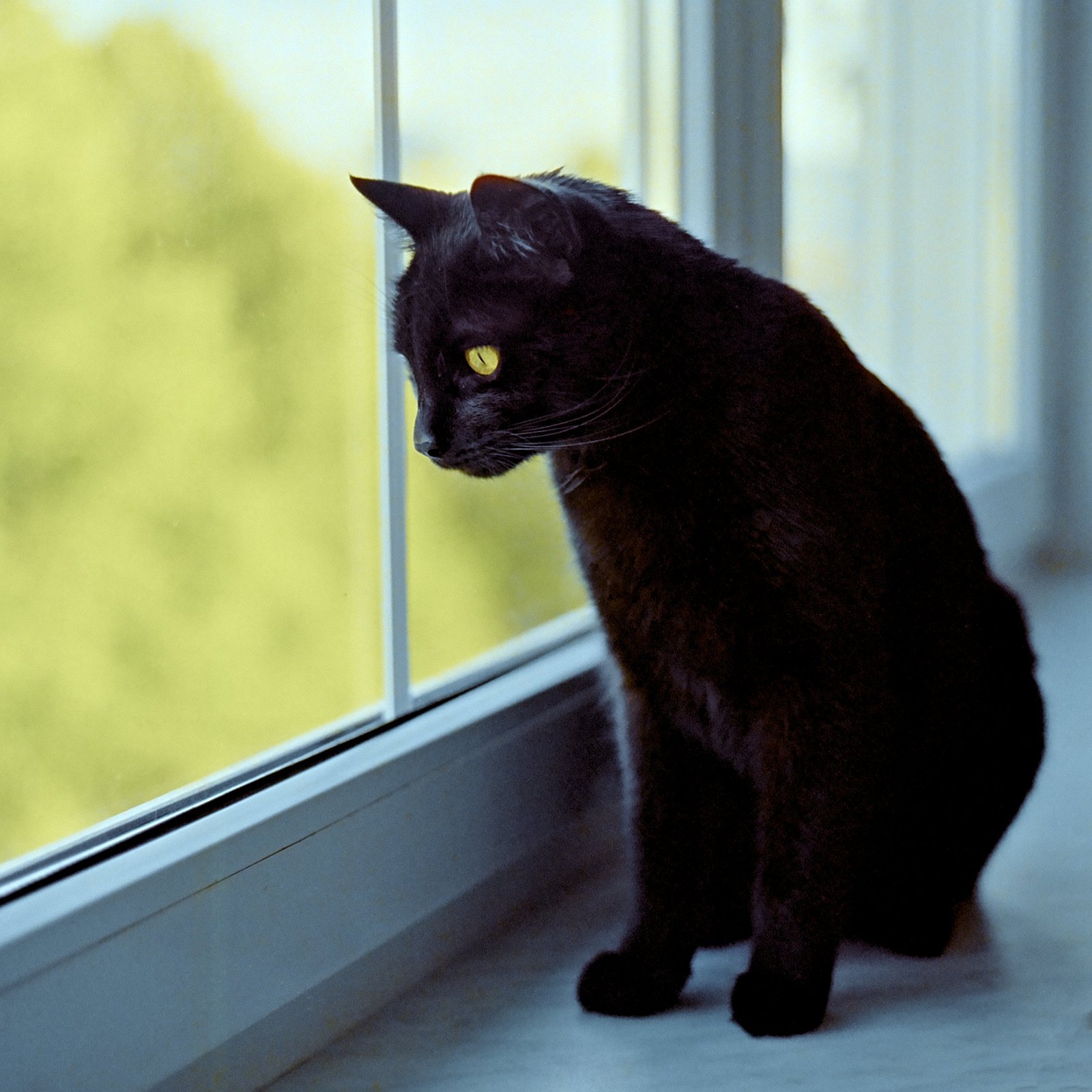
Big changes, like moving furniture or decluttering, can be stressful for cats. They might hide or act out when their environment suddenly shifts. Giving them time to adjust, and keeping familiar items (like their favorite blanket or toy) in sight, helps ease the transition. Whether your space is tidy or cluttered, gradual changes show your cat that they’re still safe and at home.
The Importance of Vertical Space

Cats love to climb, perch, and observe their kingdom from above. Clutter on the floor can block access to windowsills or cat trees, limiting their vertical territory. Clean spaces make it easier for you to provide shelves, towers, and ledges. This opens up a whole new world of exploration and gives your cat the confidence to rule from on high.
Grooming and Cleanliness

A clean home supports your cat’s love of personal grooming. Less dust and debris means a cleaner coat, fewer hairballs, and less time spent licking away dirt. It’s not just about vanity — it’s about health. Grooming is how cats de-stress and bond with their environment, so a tidy space gives them more time to relax and less time cleaning up after your mess.
Introducing New Cats to Your Home
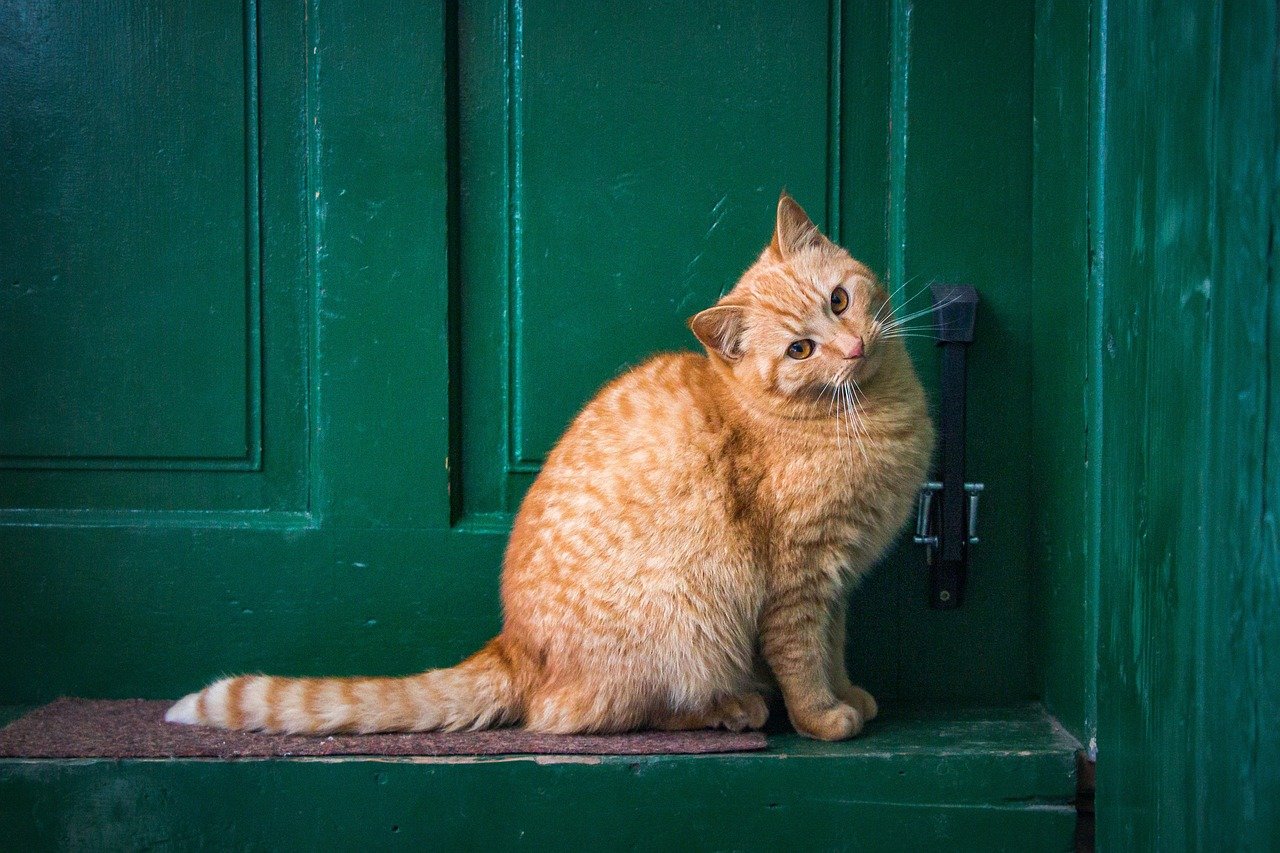
First impressions matter! When bringing a new cat home, a clean, clutter-free environment helps them settle in without feeling overwhelmed. Clear spaces let them explore at their own pace, find safe hiding spots, and gradually claim the territory as their own. Clutter can make the process stressful, especially for shy or rescued cats.
Older Cats and Mobility
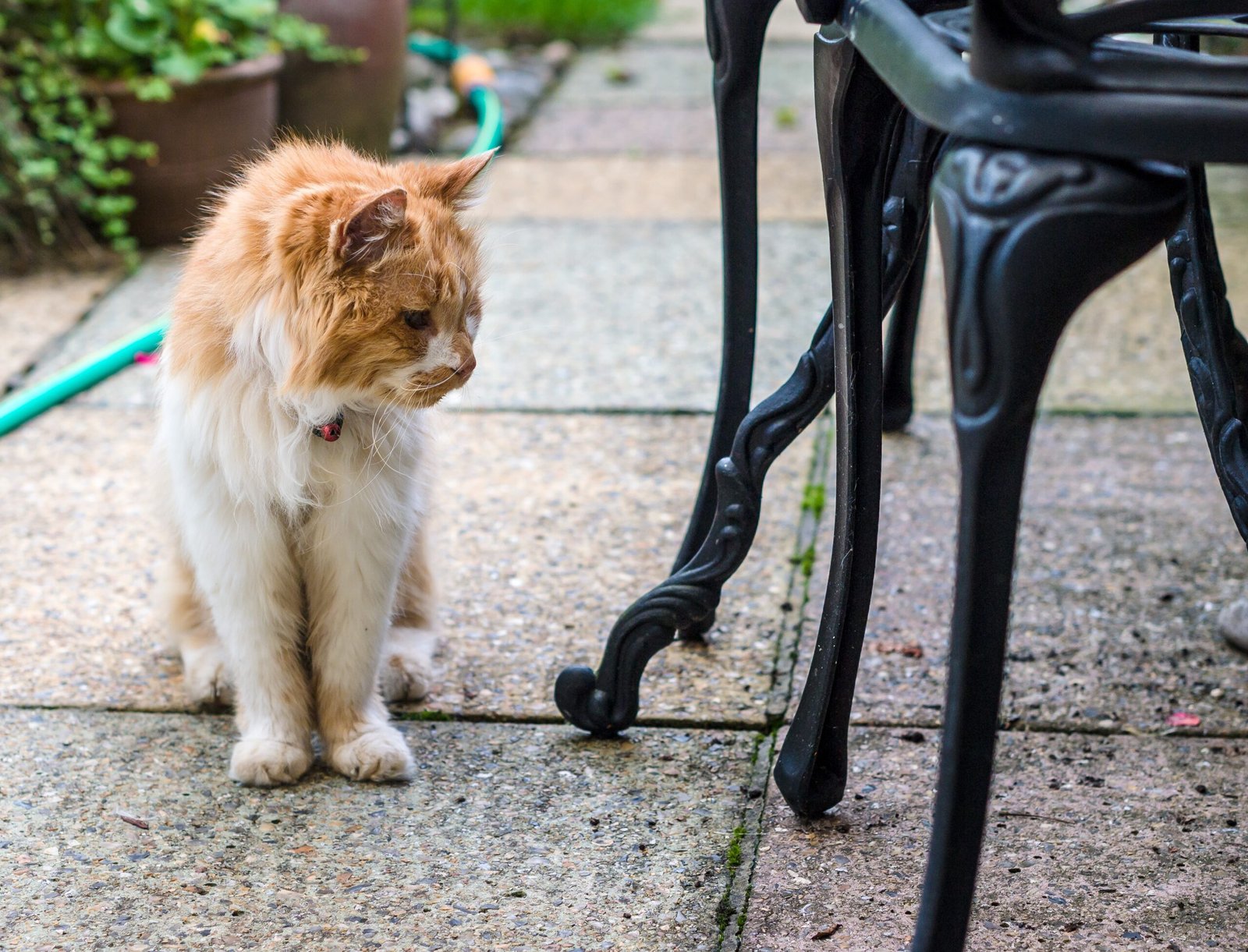
As cats age, jumping and climbing become harder. Clutter on the floor can turn into obstacles or tripping hazards. Older cats appreciate a tidy home where they can move easily from their food bowl to their favorite resting spot. Simple changes, like decluttering and providing ramps, make a big difference in their comfort and happiness.
Finding the Right Balance

At the end of the day, every cat is unique. Some thrive in cozy, cluttered spaces packed with hiding spots, while others prefer the calm and clarity of a clean, open room. The key is to watch your cat’s behavior and adjust your home to suit their needs. Create safe, stimulating environments with a mix of open areas and cozy corners, and you’ll have a feline companion who truly feels at home.
Hi, I’m Bola, a passionate writer and creative strategist with a knack for crafting compelling content that educates, inspires, and connects. Over the years, I’ve honed my skills across various writing fields, including content creation, copywriting, online course development, and video scriptwriting.
When I’m not at my desk, you’ll find me exploring new ideas, reading books, or brainstorming creative ways to solve challenges. I believe that words have the power to transform, and I’m here to help you leverage that power for success.
Thanks for stopping by, Keep coming to this website to checkout new articles form me. You’d always love it!





